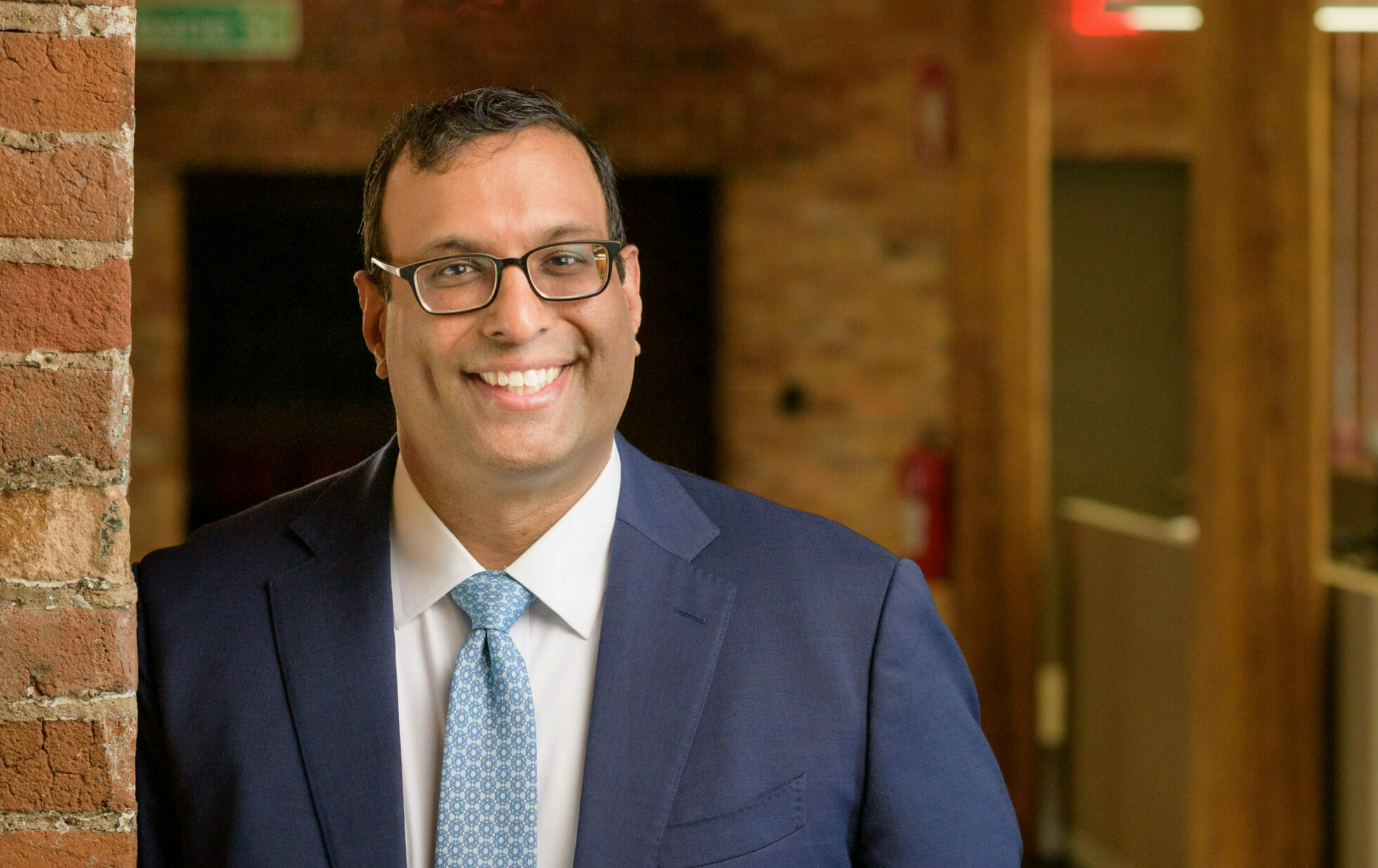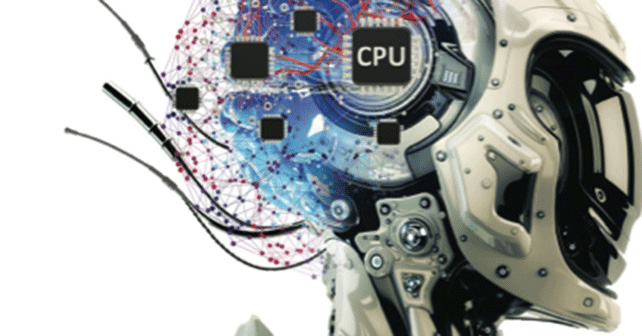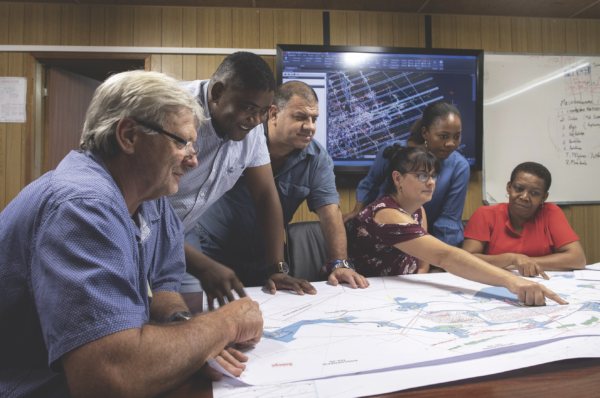Aircel Vice President of HR Sandeep Gandhi shares lessons about the importance of employee engagement in achieving business goals.
The Indian telecommunications market is uniquely challenging thanks to a large number of providers combined with widespread governmental fines for non-compliance. Indian telecoms operators have an extensive system of 2G and 3G networks, and the adoption of wireless data has been multiplying every year; so much so that 76% of Indian internet consumers access data via mobile devices. But many consumers complain about 3G speeds dropping as more and more people start using this service.
It is against this difficult market backdrop that the leadership at Aircel has been overhauling the company to make it fit for the challenges it faces, today and tomorrow. Here is his story of the Aircel journey to date.
To provide a little context: Aircel is one of the top seven telecoms operators in India, working alongside Airtel, Vodafone, RCom and the government-owned BSNL. It offers voice and data services ranging from post-paid and pre-paid plans, 2G and 3G services, broadband wireless access (BWA) and long-term evolution (LTE) to value-added services (VAS). Founded in 1999, Aircel was acquired, in 2006, by Malaysia’s largest integrated communications service provider Maxis (Maxis Communication Berhard) and is a joint venture with Sindya Securities & Investments Pvt Ltd. Today, it serves more than 70 million subscribers and is experiencing the challenges and advantages of rapid growth like so many other emerging market companies.
Aircel challenges
Aircel is a pan-India operator with 2G operations across the country and is credited with the fastest 3G roll-out in the Indian telecoms space. We have positioned ourselves as a data-led telecoms player, with a focus on the youth market, so we have to innovate constantly to keep pace with the demands of young consumers, while at the same time remaining abreast of rapid innovation in the multi- functionality of a mobile phone.
It is well-known that India is one of the most challenging telecoms markets in the world. As a young telecoms operator, we have faced obstacles and struggles. In 2011, in particular, volatile market conditions created an environment characterized by unpredictability and a range of pressures.
By the middle of 2012, the cost of operations was still far exceeding the organization’s revenue, month-on- month. So, in December 2012, the leadership team strategized about how to keep the organization focused through the challenging period. We firmly resolved to put things back in order and set ourselves the tough goal of becoming EBITDA-positive by Year End 2013. Stringent cost- control measures, greater attention to individual and company performance and increased operational efficiency were a few of the focus points to help achieve these goals. It was an “all-hands-on-board” approach where each function, each area – in fact, each and every employee – was expected to contribute to help get business back on track.
At this pivotal point, the story becomes interesting. The company took an unconventional path to overcoming what appeared, at the outset, to be insurmountable obstacles. We have achieved some success, although we recognize that the challenge continues. This is, overwhelmingly, the story of what can be achieved when HR strategies are used effectively to bring about transformation.
Personal responsibility for change
HR is often viewed as little more than a support function in India. Yet because of the need to mobilize every single employee to bring about the radical change we needed, HR was identified as a key driving force and strategy partner. It was clear that a multi-faceted approach was critical to dealing effectively with the situation. So we set about analyzing HR policies and practices and adapting them to link them more closely with the company goals and targets.
We had to become facilitators to direct change. So as well as making EBIDTA-positive a business target, it was also made an objective for each individual employee, as they are the ones who can essentially drive change and alter the face of the business. We cascaded the responsibility down to every individual employee.
We introduced a lean, semi- autonomous business unit structure, designed to empower and strengthen the business, with greater roles and responsibilities given to smaller, more streamlined teams. “Townhall” meetings became a regular feature of each business circle to communicate business updates and reinforce a relentless focus on customers as we drove a customer-centric culture into the business. Alongside this, ran a single- minded focus on increasing revenue and reducing costs. And, of course, rigorous talent development also became an integral part of the change journey.
Our focus was on:
- Decentralization – a revised strategic business unit (SBU) structure l Streamlining – roles and responsibilities were devolved and identified for individuals
- Employee engagement – frequent “townhall meetings” to keep everyone focused on the business targets
- Role enhancement – more empowering roles right down the business
- Focus on customer-centricity, internal and external
- Talent identification and development – a more tightly- focused approach, aimed at getting less for more
- Cost-reduction – optimizing existing resources
Compensation and benefits as the pivot
The compensation and benefits strategy became the pivotal element in our drive for change and we focused on restructuring it in such a way that it yielded maximum results in a short time span. The compensation strategy was looked at from both a macro and micro perspective. Broadly, the total compensation outlay, disbursement across levels and areas and incentive outlay were analyzed.
But our key lever was at the micro- level, where we looked at all the factors affecting individual bonuses, including how personal targets were assigned and achieved and how individual goals fed into overarching company targets.
Based on our findings, we created a new policy, where incentives were linked to the performance rating of the employee, as well as how well the company was doing. We refocused the incentive structure around an individual’s contribution to overall company performance. In the past, bonuses were viewed as an indicator of individual “star status” – the bigger the bonus, the bigger the star. When incentive schemes are focused so strongly on motivating individuals, they can become dysfunctional, with individuals doing anything they can to qualify for a bonus, rather than looking after the interests of the company as a whole. We now refocused primarily on company performance, with individual performance accounting for 40% of the payout, and representing the qualifying point at which access to the company bonus started. The overall company performance, if achieved, then accounted for the remaining 60% of the bonus pool. To foster speed and cohesiveness, if a given geographical division achieved its target ahead of time, employees would receive an additional payout.
Talent management – bottom of the pyramid
We also recognized that to achieve business targets, talent readiness would be critical, particularly in the climate of regulatory ambiguity and economic uncertainty that prevailed in the telecoms environment. We knew we had to train leaders to align them with what the company was aiming to do – to regain its footing on the path to profitability. Accelerated development of key leaders across the organization was identified as a key requirement to grow the business and sustain performance.
On paper, this plan seemed perfectly plotted. However, there were a few teething problems along the way. These ranged from challenges achieving stakeholder buy-in to sustaining momentum and keeping employee engagement levels high. Stakeholders generally wanted their people on the talent path and sometimes their views diverged from the HR perspective. We needed training to be focused on key talent, rather than more general development across all talent. And with those employees not identified as key talent, we had our work cut out to keep them engaged and motivated.
To address this, we used constant messaging and communication, and reinforcement of the idea that the only way to succeed was together. As in any change initiative, you cannot let up on the effort. We also used workshops to educate employees about how each one of them could contribute to the main goal, however small the contribution might be. Through the tougher months, the HR department shared stories about other company turnarounds and reiterated the message: “If they can do it, so can we.”
A year-on-year comparison revealed the results were strong and positive. In 2012, the percentage of payouts (in comparison to the potential outflow) was close to 70%. The story for 2013 was very different: the bonuses paid out over-shot projections by 200%. With bonuses now tightly linked to company results, we also surpassed our business targets by 200%. The savings achieved from greater operational efficiency and manpower planning, strategic hiring and enabling policies helped reduce losses and more than compensated for the increased incentive payments made to staff. Hence, though the total outlay was far greater than projected outlay, the savings more than made up for such expenditure.
The best outcome was the impact it had on employees; the human stories. One particularly gratifying result was that lower-level operatives gained maximum benefits and saw maximum increases in incentives, thus fostering a greater level of equity across pay grades. In the past, and particularly given the Indian approach to hierarchy, it had been the top-level workers who had traditionally received greater incentives. This bottom-up result was central to driving our improved trading results.
At a personal level, this strategy touched the lives of a number of individual employees. It was as if company aspirations came close to fulfilling individual dreams too; from allowing people to pay long-standing debts to funding a child’s education, the extra bonuses made a genuine difference to people’s lives.
Integrating it all
For such a policy to succeed, it became essential for different units to work together cohesively. The company strongly adopted an open-door policy. The HR department encouraged employees to innovate and share ideas and continuously applauded good performance. Senior leaders kept employees informed about new strategies and business plans they intended to implement so that each person felt like an equal stakeholder in the fate of the company. Company progress was constantly communicated and benchmarks explained through townhall meetings and emails.
Our culture is changing. Gradually, we are becoming more proactive and performance-orientated through increased communication and involvement, encouragement of feedback and openness to ideas. Most importantly, greater visibility of top leaders has been one of the major driving factors that communicated (openly and subliminally) the new cultural ethos of the organization. All these factors helped consolidate the “vibe” into a concrete strategy and change for the better.
Today
Any success is just a milestone along the path to greater achievement. Today, it feels as if we have crossed the finish line we set ourselves, but the euphoria has not died down. Everyone feels an overpowering desire to achieve more – and this is healthy, because we always need to achieve more. Curiosity about where the company is heading and a wish to contribute towards its business goals is still seen in most employees.
Linking themselves to the overall goals of the company has almost become a way of life for them. They celebrate the wins and bemoan the losses. Such a sense of belonging and ownership has fostered closer ties and lowered attrition rates. It has also increased market credibility and employee loyalty. For most companies, taking the plunge is the toughest part of any strategy, but after such initial success, being challenging has become a company-wide personality trait.
As the journey continues, the telecoms industry is faced with high growth in connectivity demand, persistent new challenges and ceaseless innovation in devices and services. The company continues in its efforts to follow the direction of sustained growth and innovation. Our focus remains on delivering exceptional quality services and providing a consistently high level of customer service across wide geographical areas. And what better way to do this that through an engaged and involved workforce?
Dr Sandeep Gandhi is vice-president, HR, at Aircel telecommunications firm.
An adapted version of this article appeared on the Dialogue Review website.



